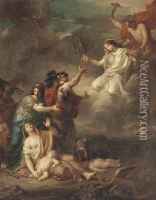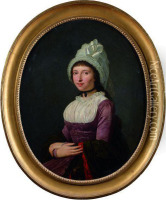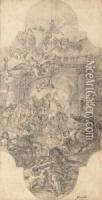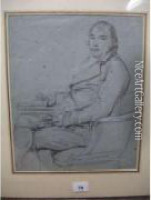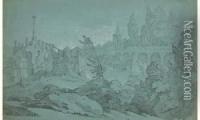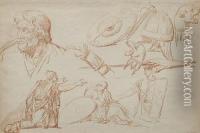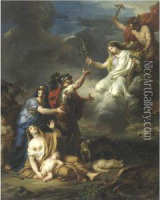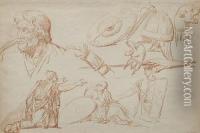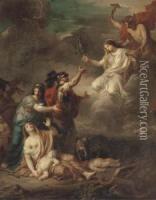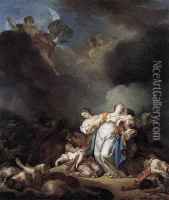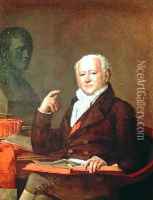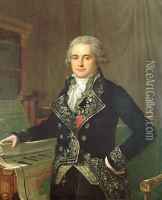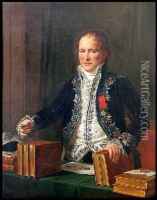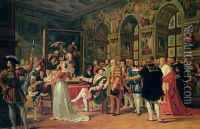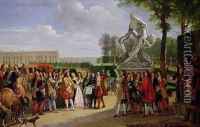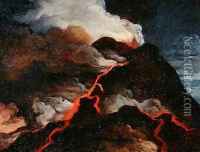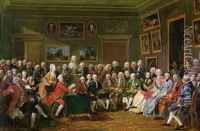Anicet-Charles-Gabriel Lemonnier Paintings
Anicet-Charles-Gabriel Lemonnier was a French painter born on June 11, 1743, in Rouen, France. Lemonnier initially trained under the guidance of a local artist, Jean-Baptiste Descamps, in his hometown. He later moved to Paris to further his education and became a student of the prominent French painter Joseph-Marie Vien.
Lemonnier's painting style was influenced by the neoclassical movement, which was gaining popularity at the time. This movement sought to revive the ideals of ancient Greek and Roman art, emphasizing simplicity, clarity, and an adherence to classical forms and composition.
During his career, Lemonnier received various accolades, including winning the prestigious Prix de Rome in 1769, which allowed him to study at the French Academy in Rome. His time in Italy had a significant impact on his artistic development, exposing him to the works of Renaissance masters and the archaeological discoveries of the time that were further fueling the neoclassical movement.
Lemonnier's artworks often depicted historical and mythological themes, a characteristic of neoclassical art. One of his notable works is 'The Death of Hyacinth' which showcases his skill in bringing classical subjects to life with emotional depth and technical precision.
Upon his return to France, Lemonnier became an active member of the Parisian art scene and was admitted to the Académie Royale de Peinture et de Sculpture. He exhibited at the Salon, the official art exhibition of the Académie, and his works continued to garner attention and praise.
During the French Revolution, like many artists of his time, Lemonnier's career faced challenges, but he managed to navigate through this tumultuous period. He continued painting and also engaged in teaching, passing on his knowledge to the next generation of artists.
Anicet-Charles-Gabriel Lemonnier died on September 18, 1824, in Paris. His legacy is that of a skilled practitioner of neoclassical painting, whose works contributed to the rich tapestry of French art during a period marked by significant political and cultural shifts.
